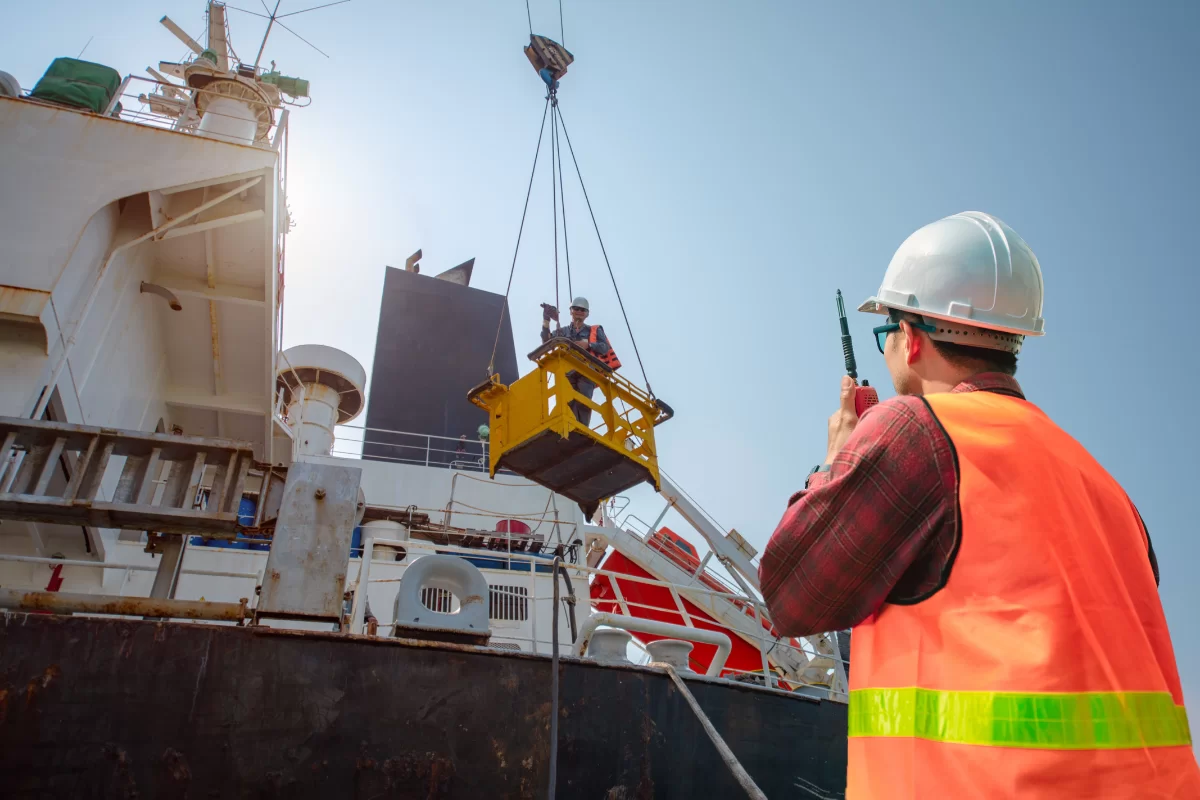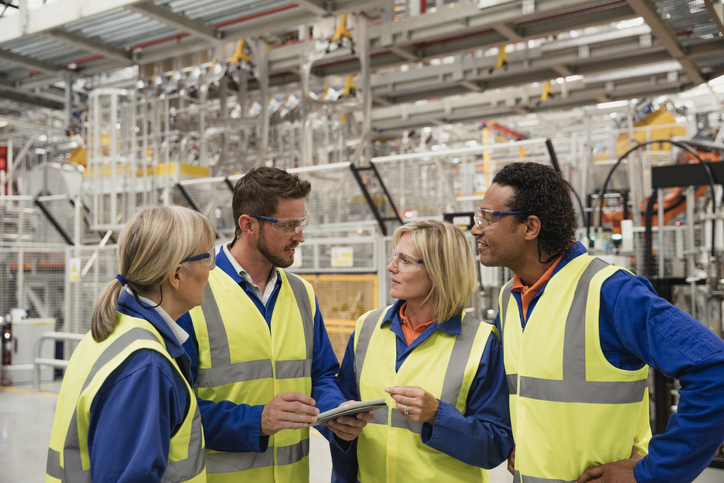Manufacturing Safety Consultants
OHS/WHS Compliance for the Manufacturing Industry
In the past 12 months, the manufacturing sector in Australia has seen concerning statistics related to workplace safety. There were 195 work-related fatalities across all sectors in 2022, with manufacturing being one of the higher-risk industries. Additionally, the sector has experienced a significant number of serious injuries, with the rate of serious workers’ compensation claims being 6.5 claims per million hours worked in the 2021-22 period. These figures highlight the ongoing challenges in ensuring workplace safety in manufacturing, emphasising the need for continued improvements in health and safety practices to reduce both fatalities and injuries (Safe Work Australia). The manufacturing industry is fraught with several common hazards that can lead to injuries or fatalities. Here are some of the most prevalent hazards and the strategies to avoid them:

When it comes to high risk work, legislation required employers take particular measures which include:

The first thing all manufacturing businesses need to do if they haven’t already done so is undertake a risk assessment of the entire workplace, which must involve site inspections to identify and document any hazards.
Hazards should then be recorded a risk register with corrective actions allocated to individuals with due dates added. This should then be discussed with workers in Tool Box Talks. Whilst this is good practice for any workplace, it is critical for high-risk industries such as manufacturing to do this on a regular basis, involving workers.
It is critical to have a procedure for each machine which details the steps to be taken when repairs and maintenance requires the machine to be shut down and then restarted. This ensures that the machine does not start up when people are exposed to moving parts

An operator died at The Elastomers Pty Ltd rubber factory in Victoria in May 2021, while using an automated machine that produced rubber in sheet and strip form. A machine part known as the “wig wag” occasionally jammed or tangled the rubber and operators would have to enter the “danger zone” under the wig wag to untangle it. A light curtain guarded the danger zone, but there was a 122cm gap between the light curtain and the part of the machine workers accessed to untangle the rubber, which meant they could be in the danger zone without continually breaking the light curtain beam. An operator could also restart the machine while a worker remained in the danger zone.
In May 2021, a worker entered this zone, most likely to clear jammed rubber, and stopped the machine when he interrupted the light curtain beam. His colleague on the upper control panel could not see that the worker was in the danger zone, and restarted the machine.
The wig wag struck the worker on the head, causing fatal open skull fractures. A court convicted and fined an employer $450,000 for failing to provide a safe workplace, resulting in an “entirely foreseeable” death [OHS Safety Alert Friday 26 April 2024].

Your Safety Partners specialise in manufacturing work health and safety and are able to assist in many ways including:
Each year over 130,000 workers are seriously injured.
Most of these injuries or accidents could have been avoided if organisations had taken the time to see where their safety gaps were.

Our team of expert Work Health and Safety Consultants have over 100 years combined experience assessing workplace risk and implementing tailored solutions to reduce the chance of personal prosecution and which keep workplaces safe.

Our teams of expert WHS/OHS consultants have over 100 years combined experience designing and implementing safety processes that are both practical and maintain compliance in the long term.
OUR TEAM